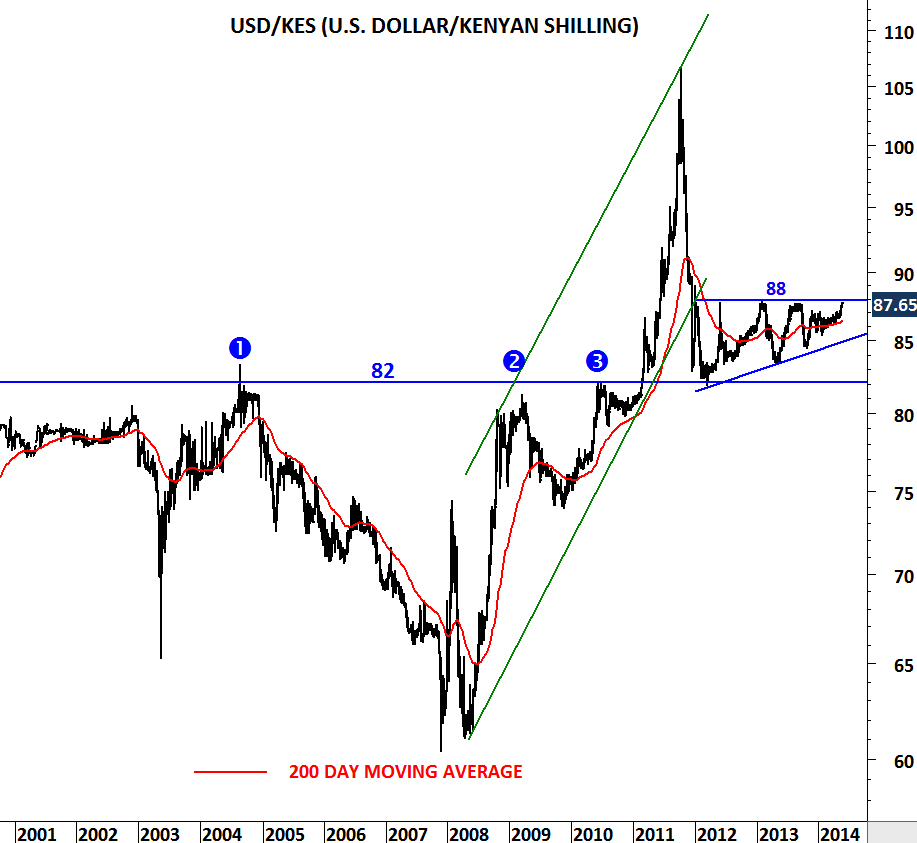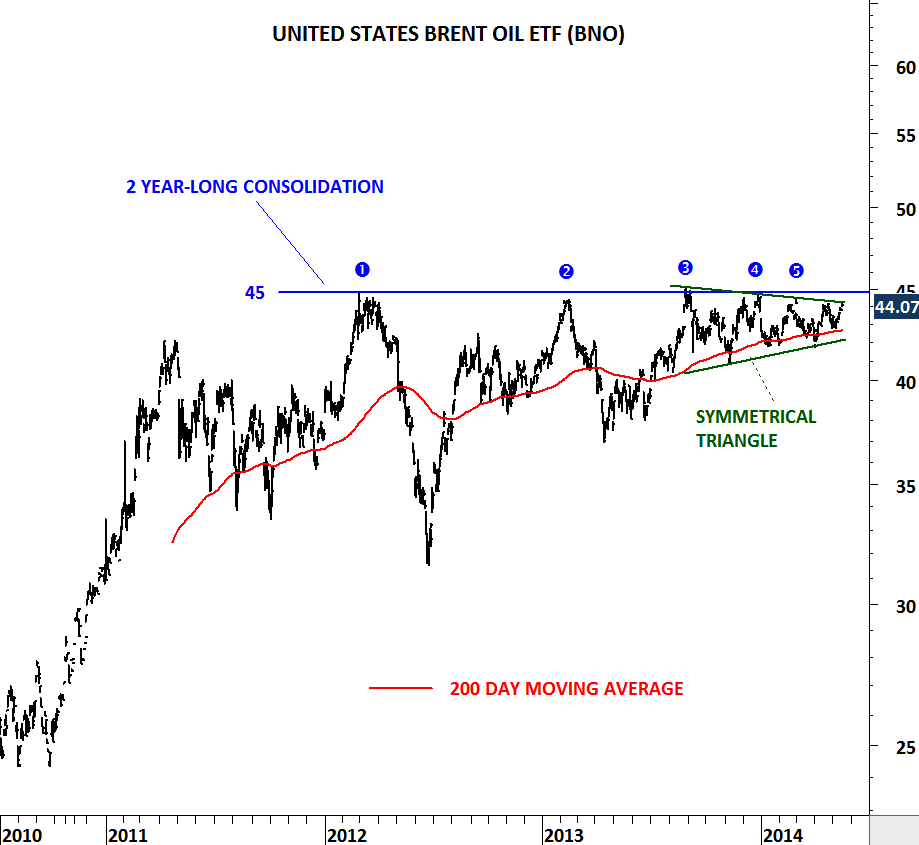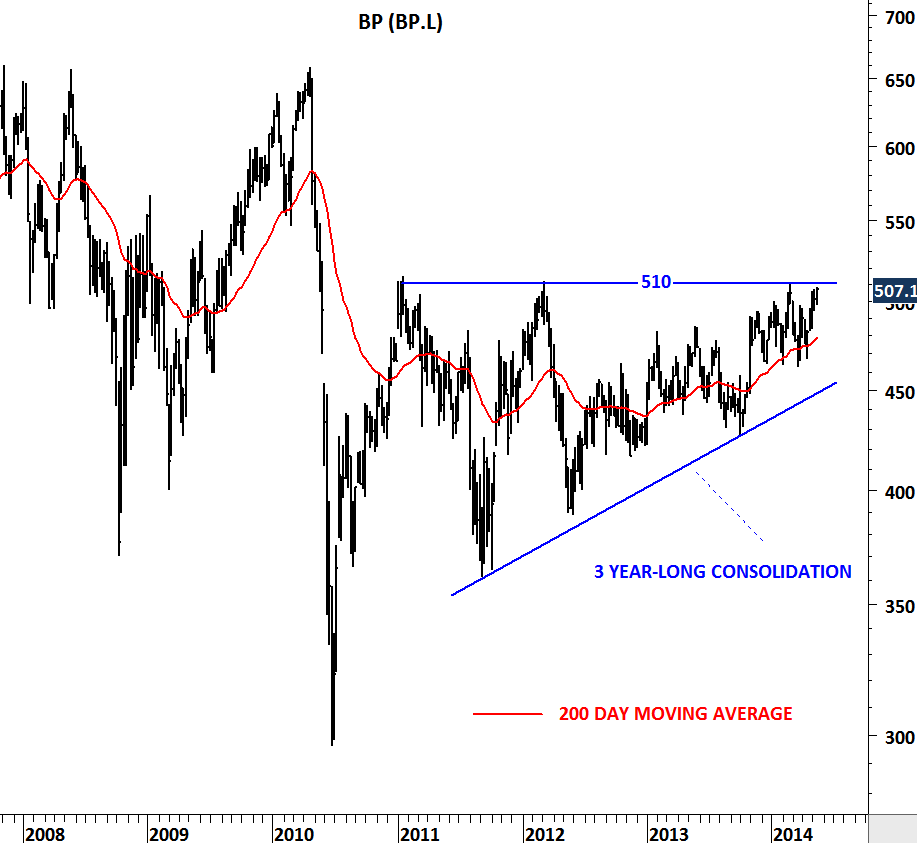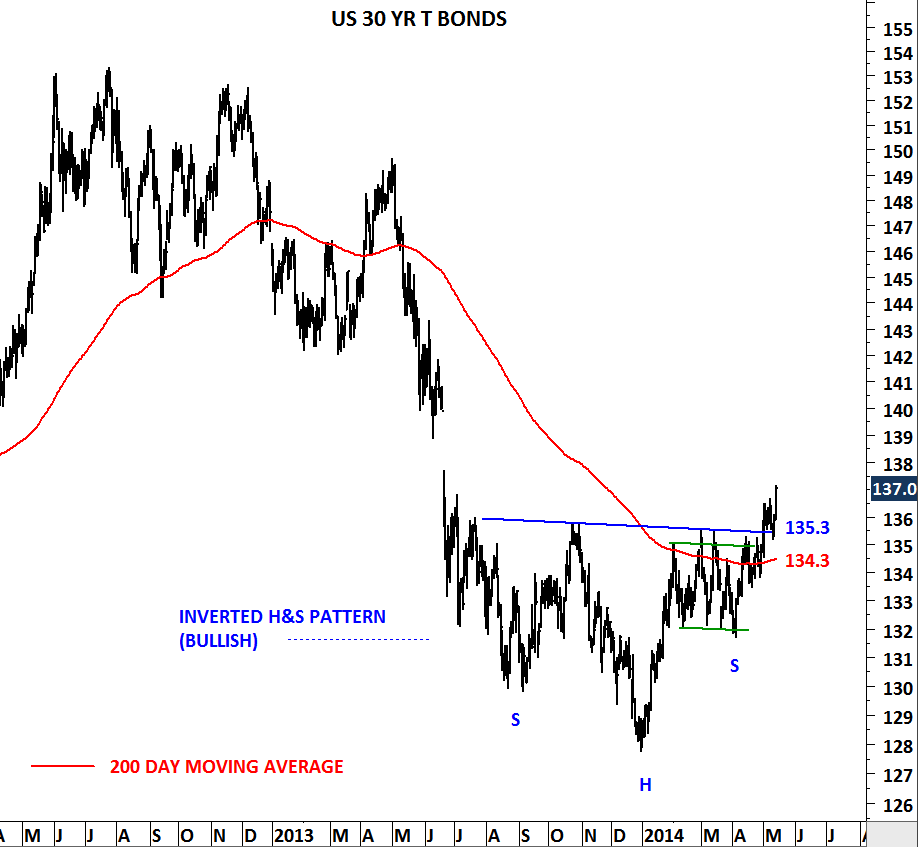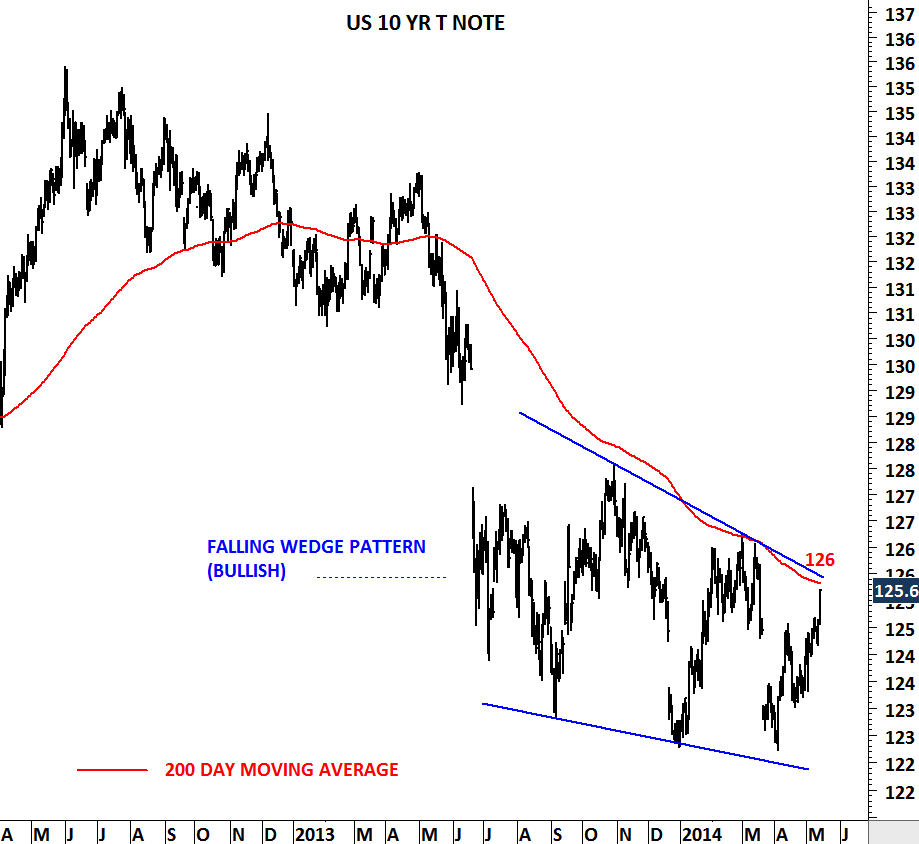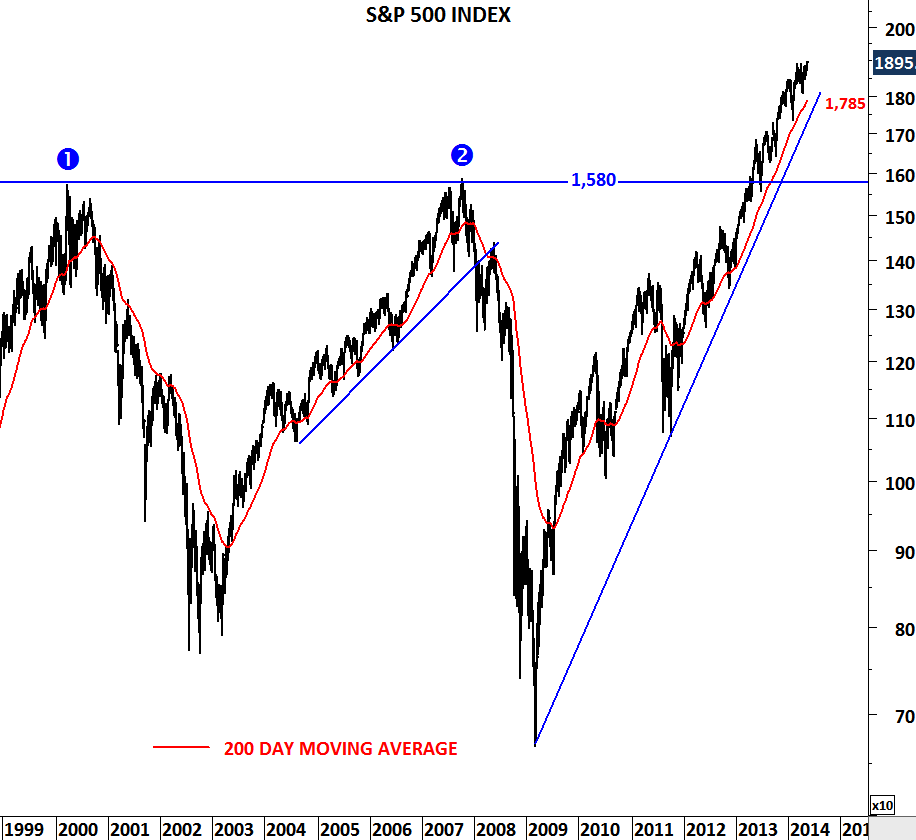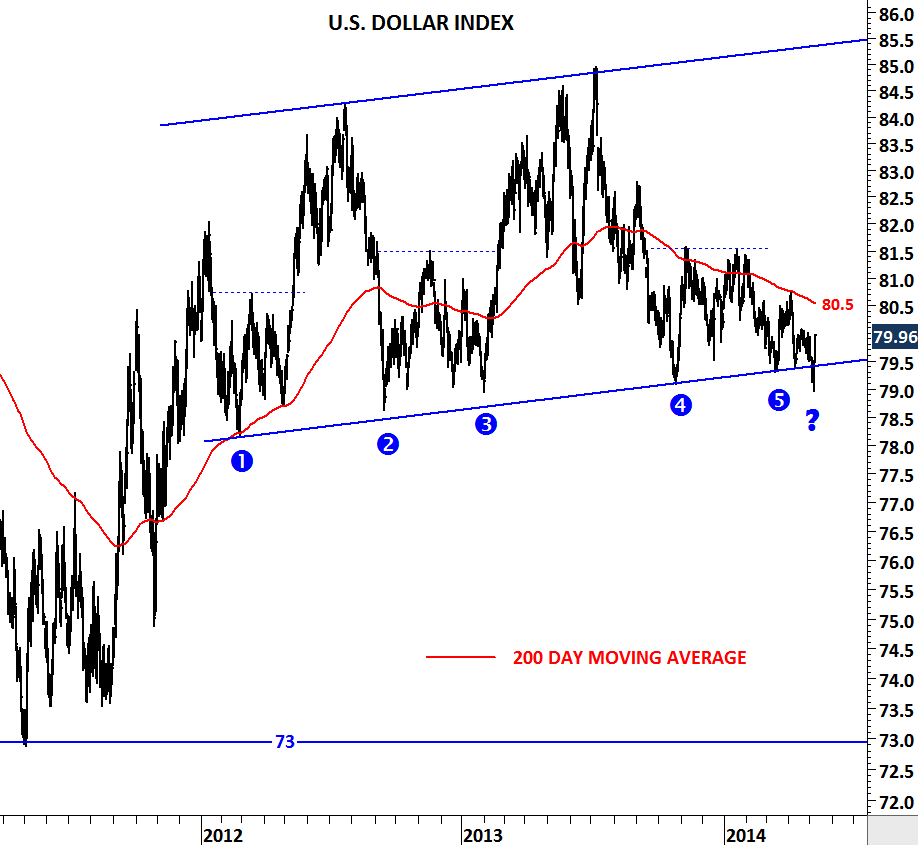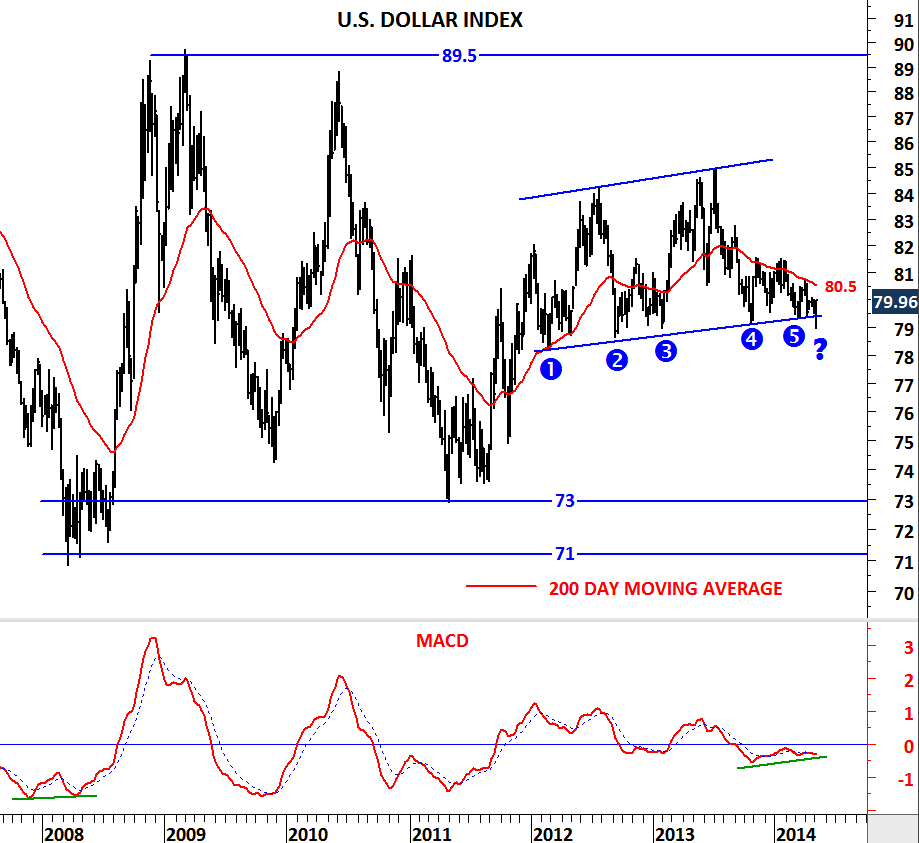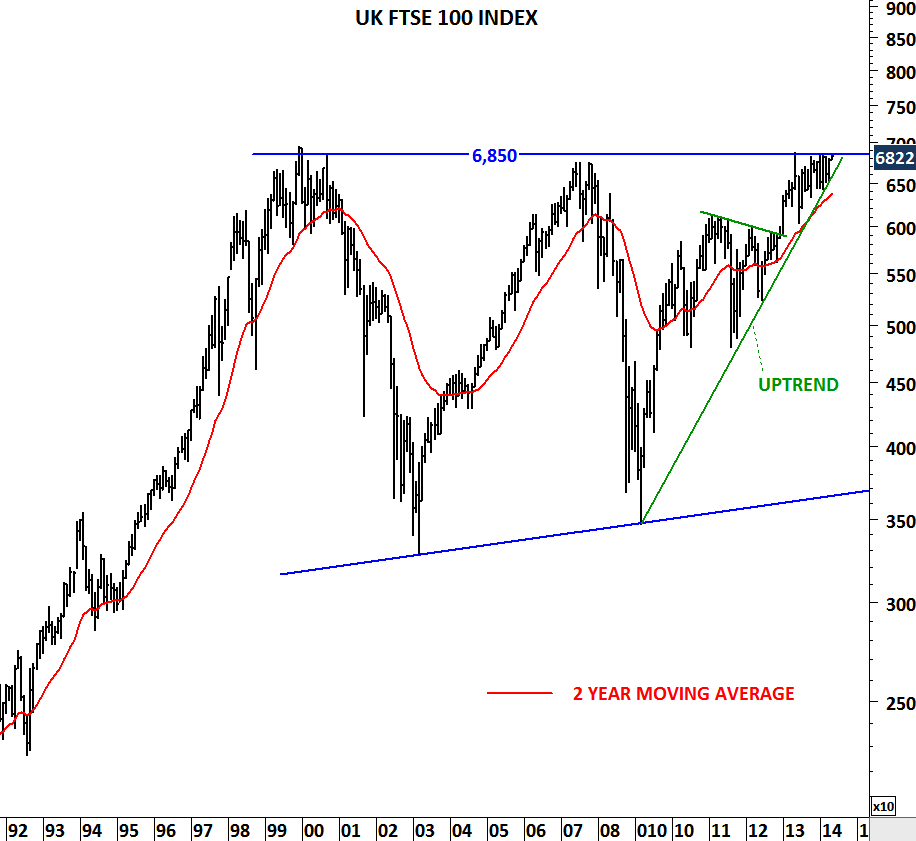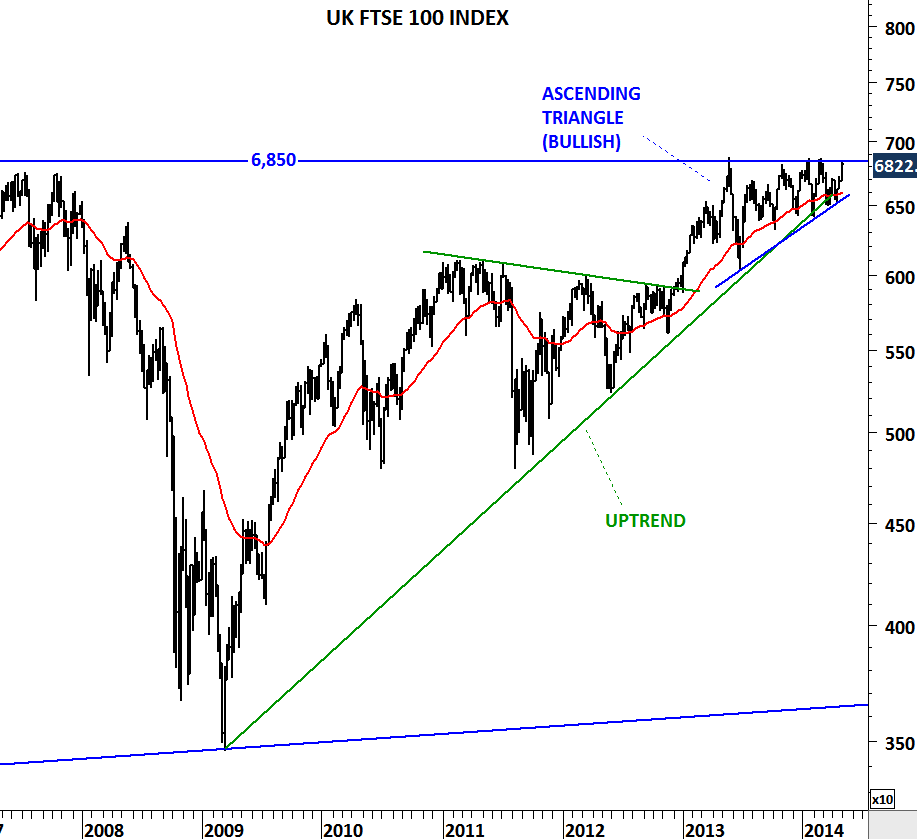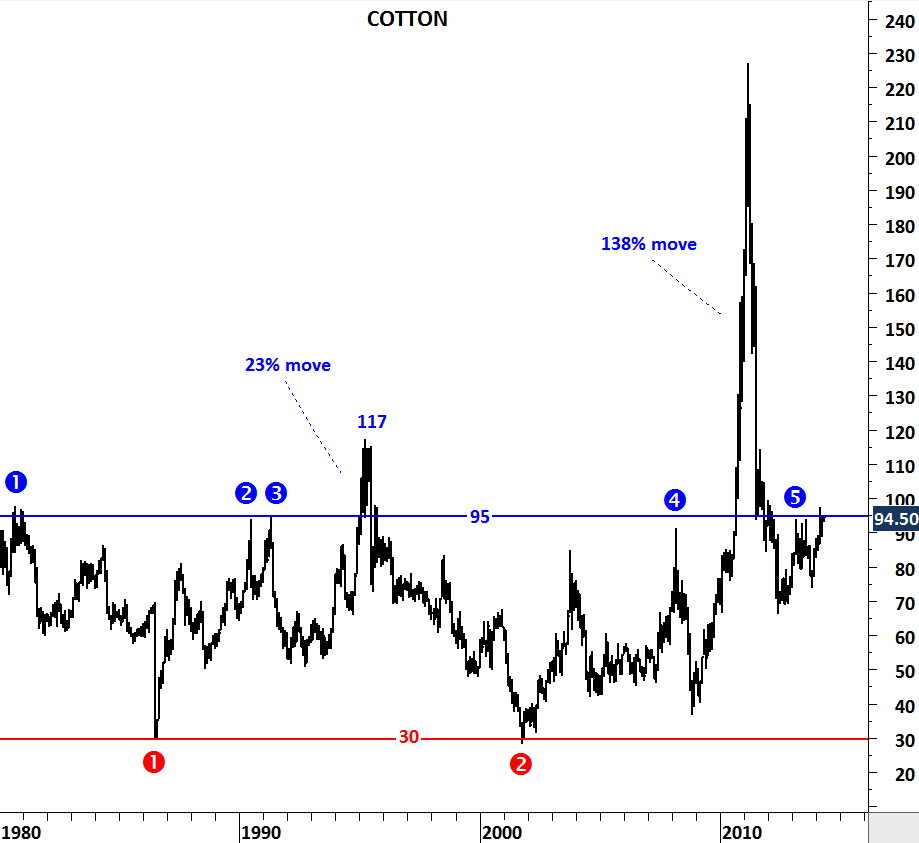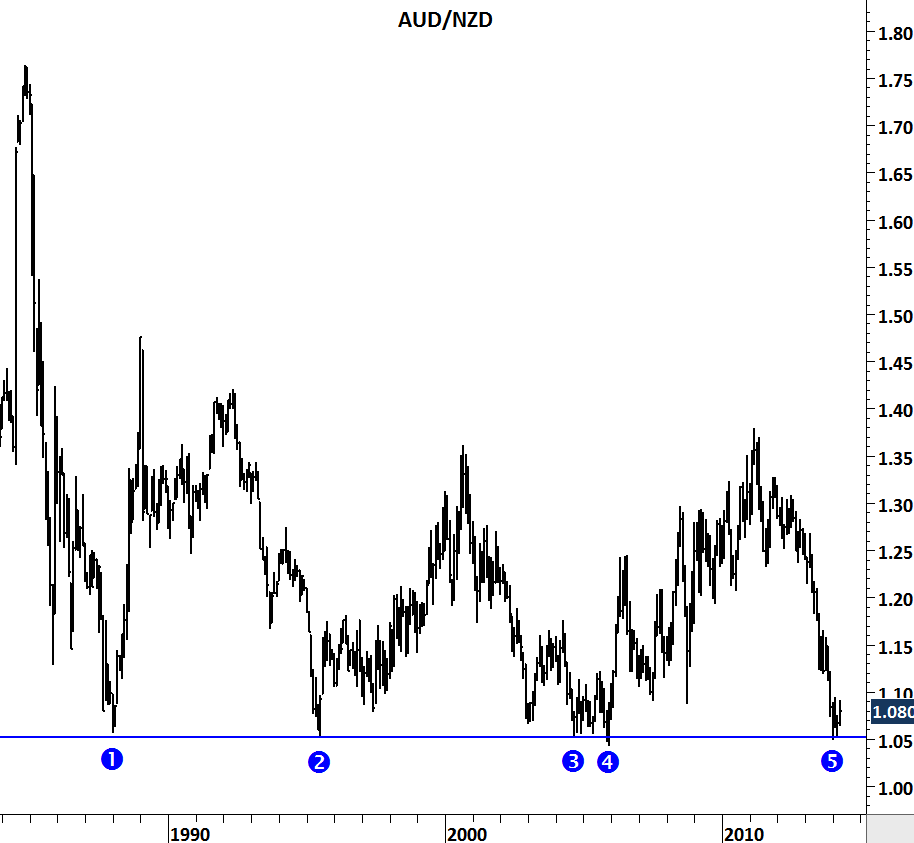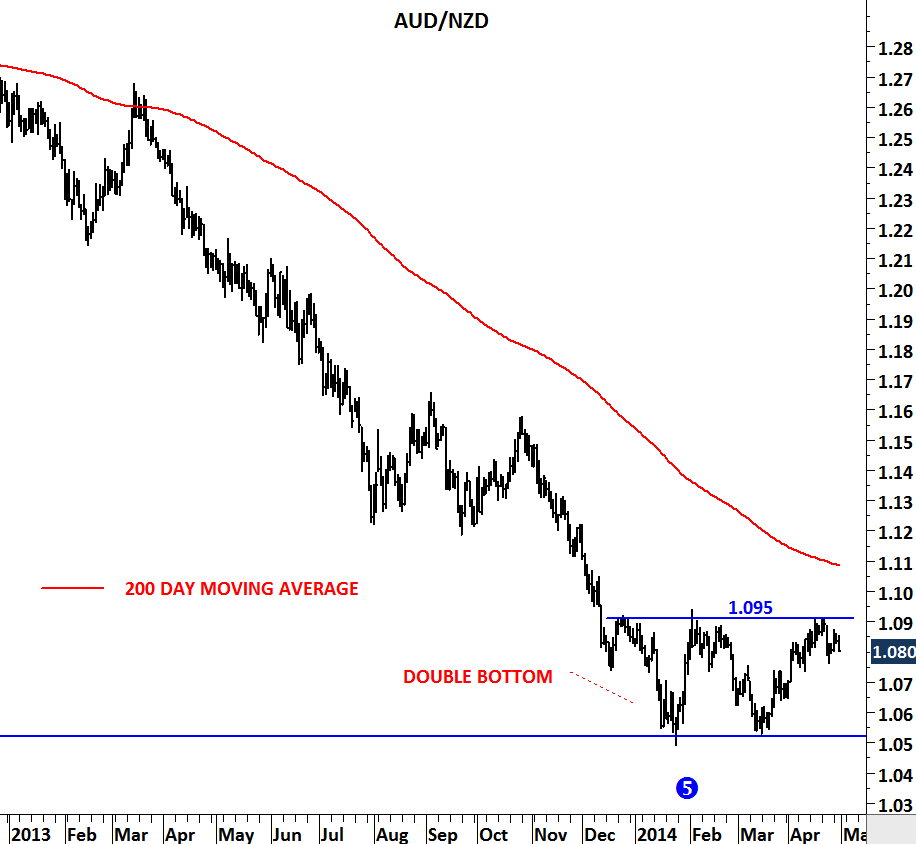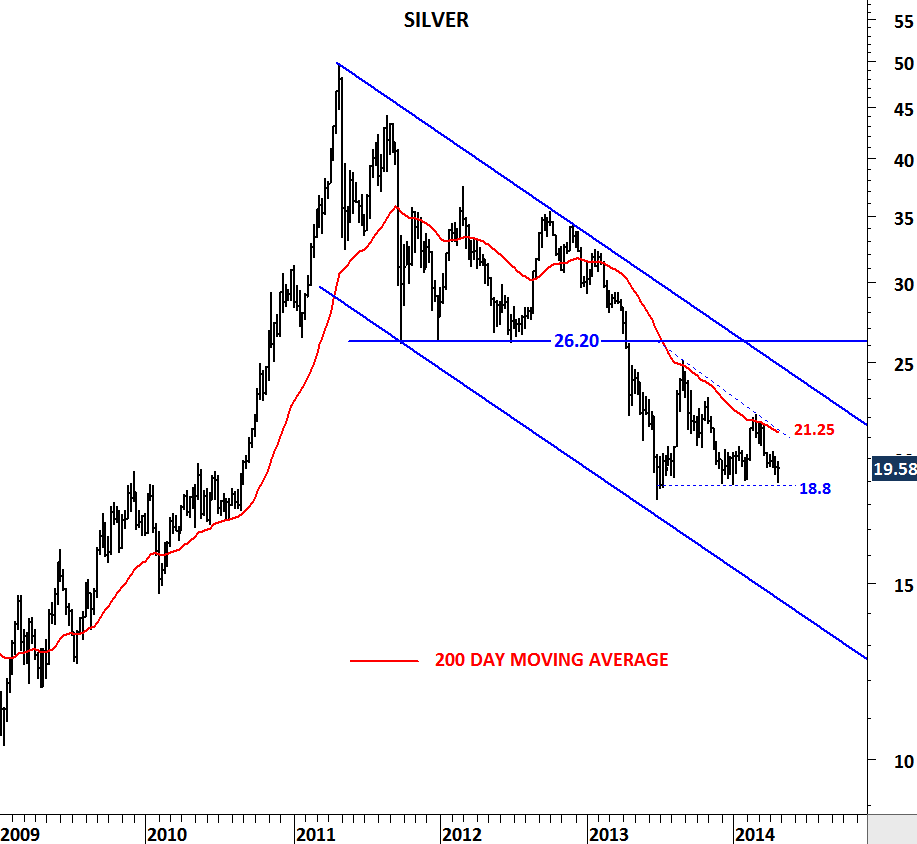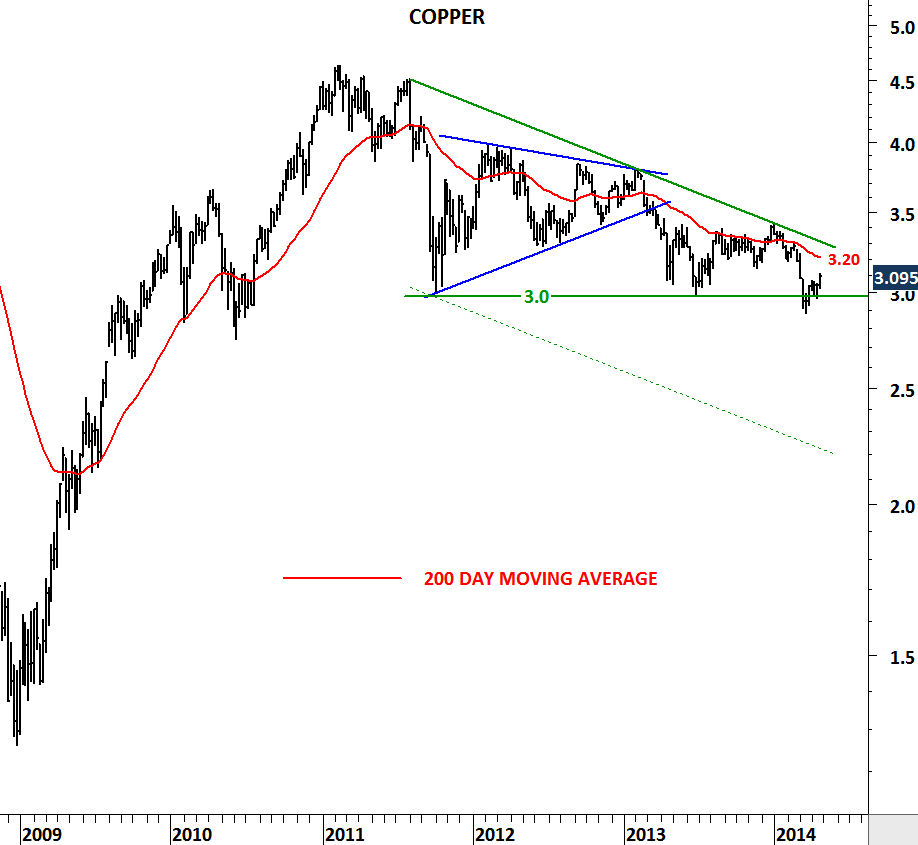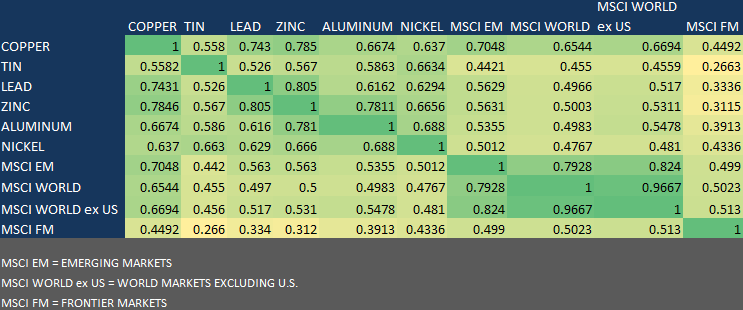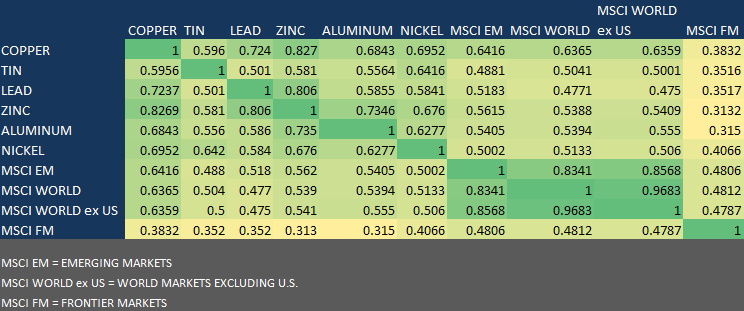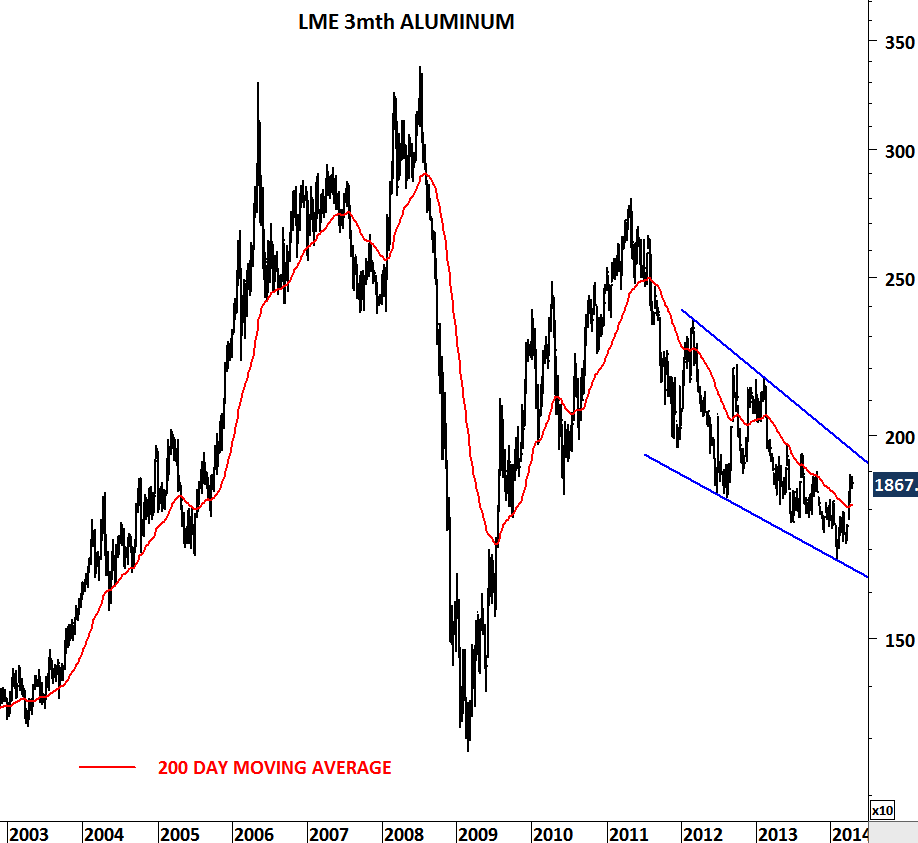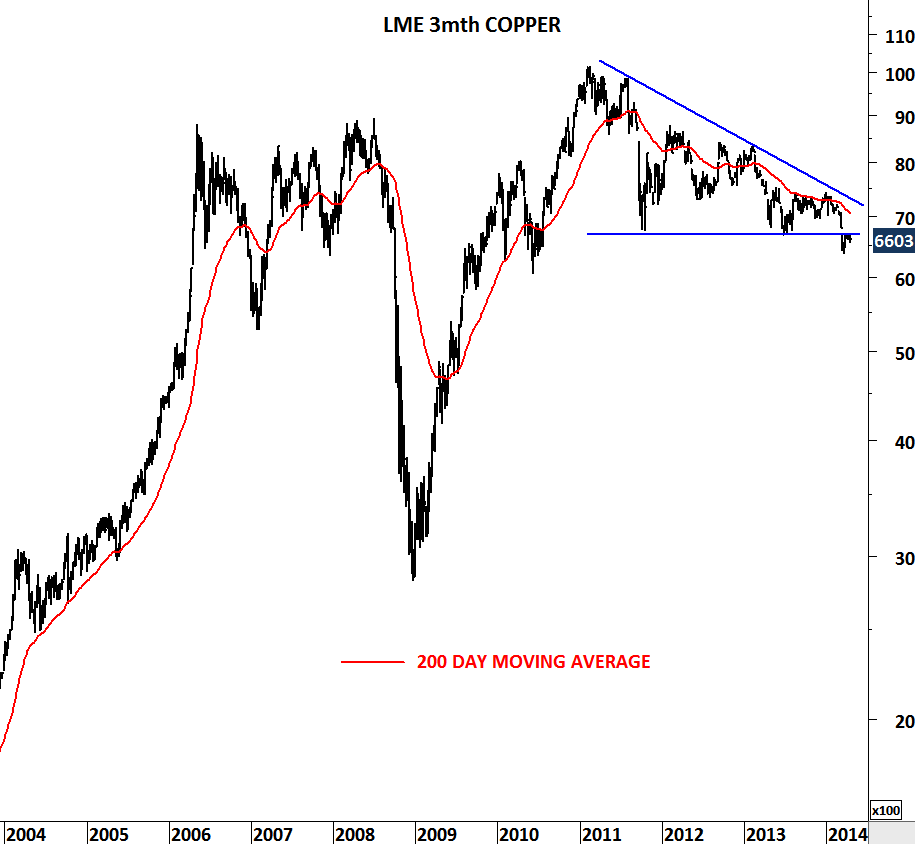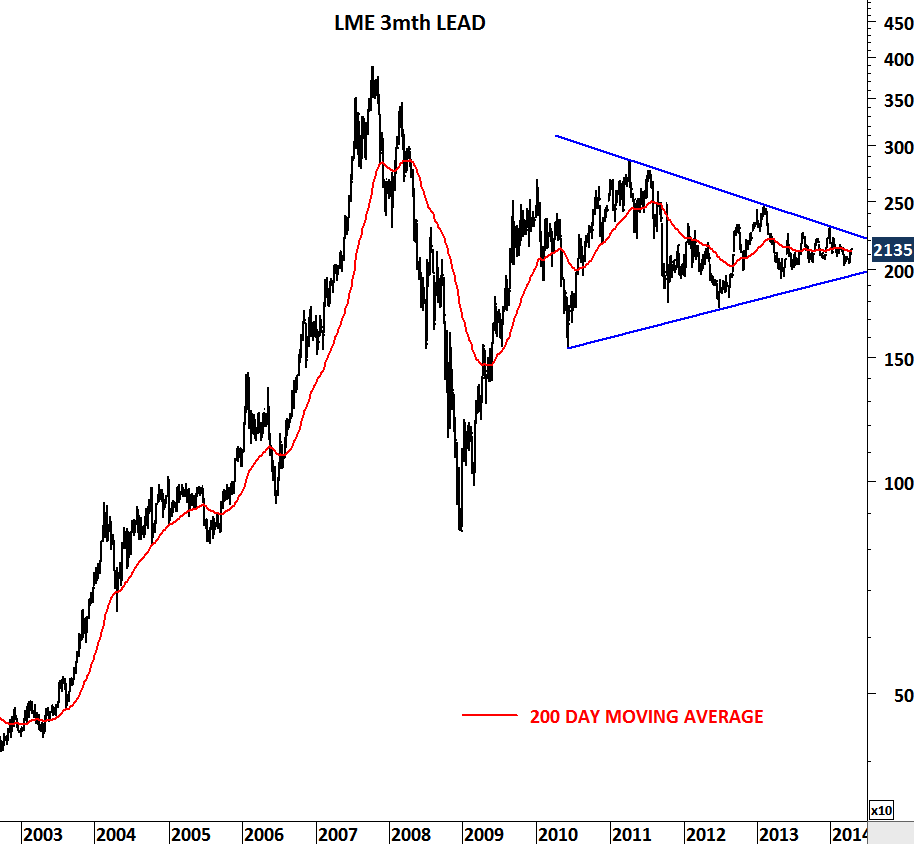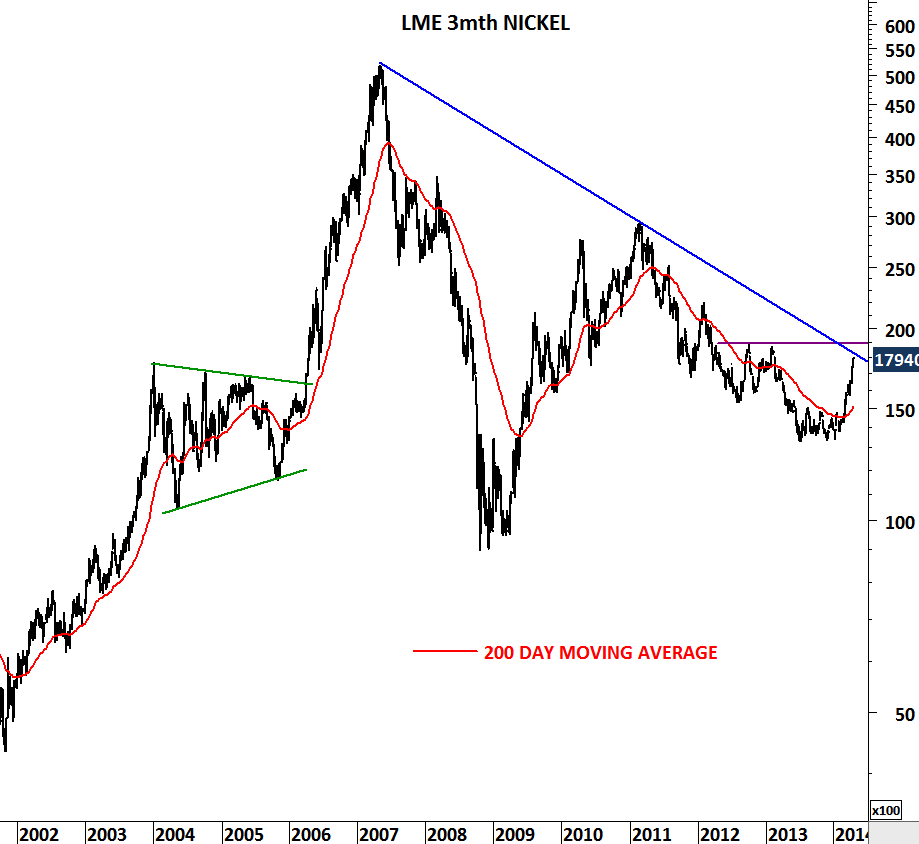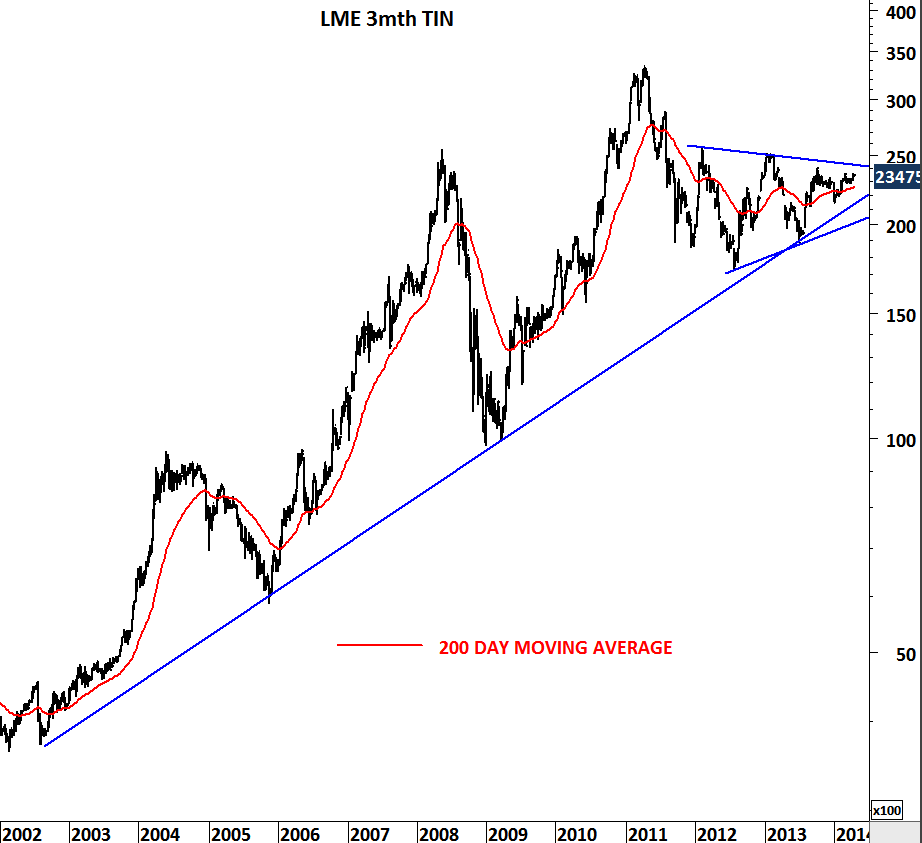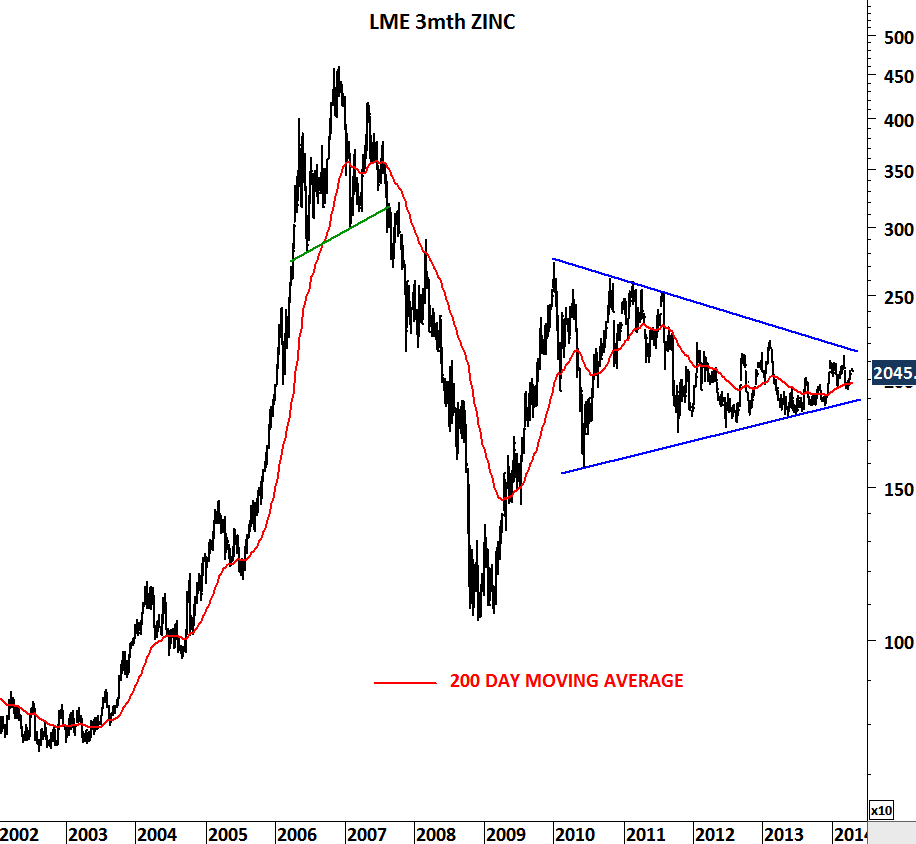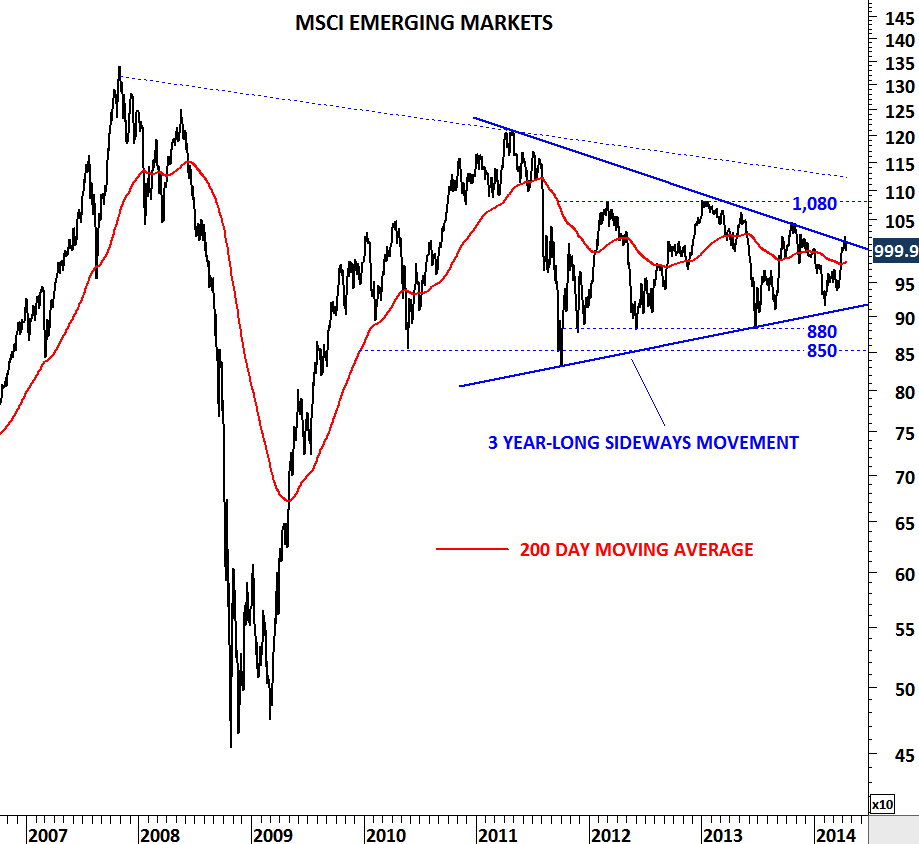US DOLLAR/KENYAN SHILLING
In 2011, USD/KES (U.S. Dollar/Kenyan Shilling) cross rate experienced a strong breakout to all-time high levels. Breakout from the low volatility period was followed by a sharp rally that pushed the cross rate from 82 levels to 106 levels in less than a year. Central Bank of Kenya reacted by raising the benchmark interest rate from 6 pct to 18 pct over the course of sharp currency depreciation. Shilling recovered in the last quarter of 2011 and fell back to the support level at 82.
Kenya Interest Rate (Benchmark Interest Rate)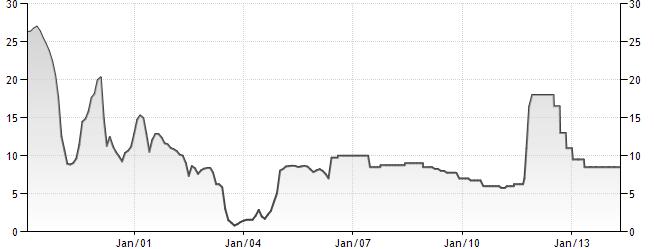 Source: www.tradingeconomics.com / CENTRAL BANK OF KENYA
Source: www.tradingeconomics.com / CENTRAL BANK OF KENYA
Since then the cross rate has been forming another base formation with a clear horizontal resistance at 88 levels. Cross rate might be preparing for another strong breakout. A decisive close above 88 levels can put pressure on the local currency once again.

